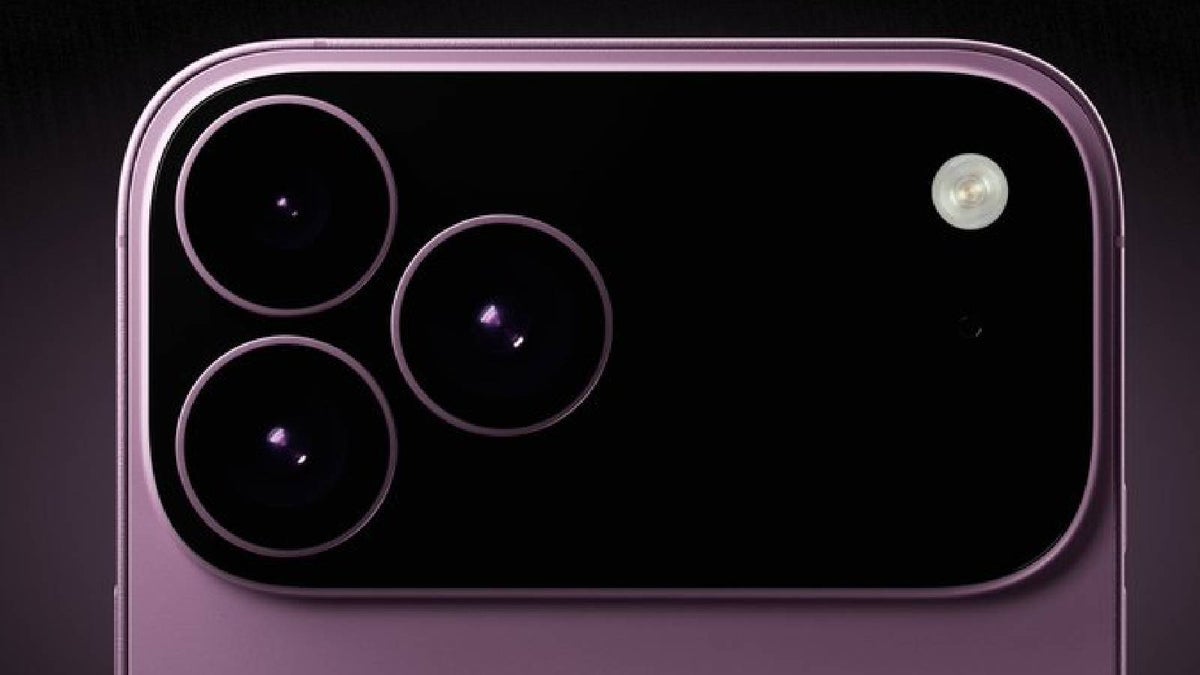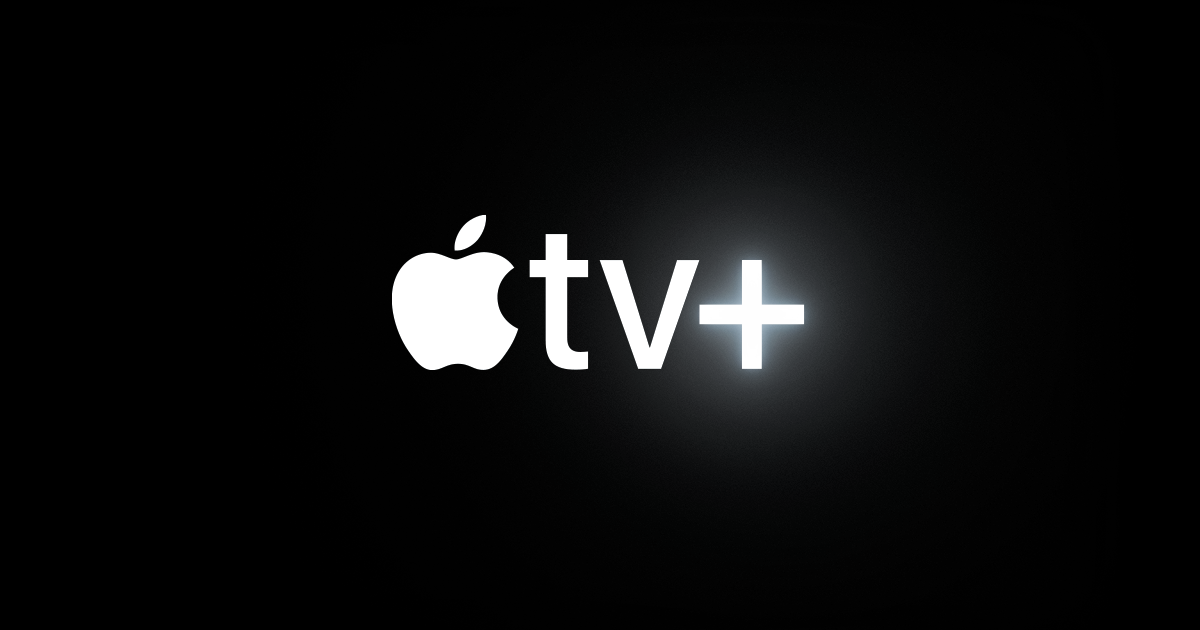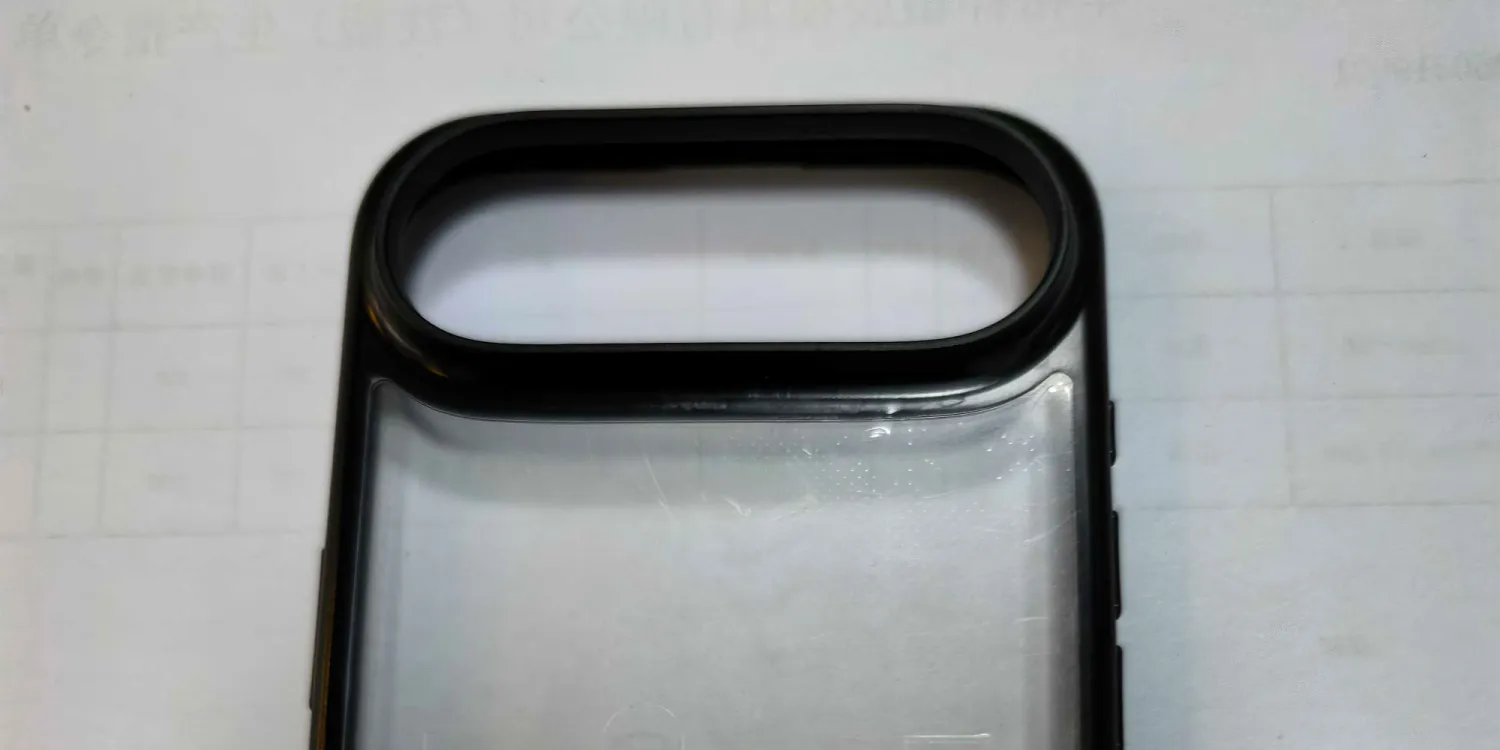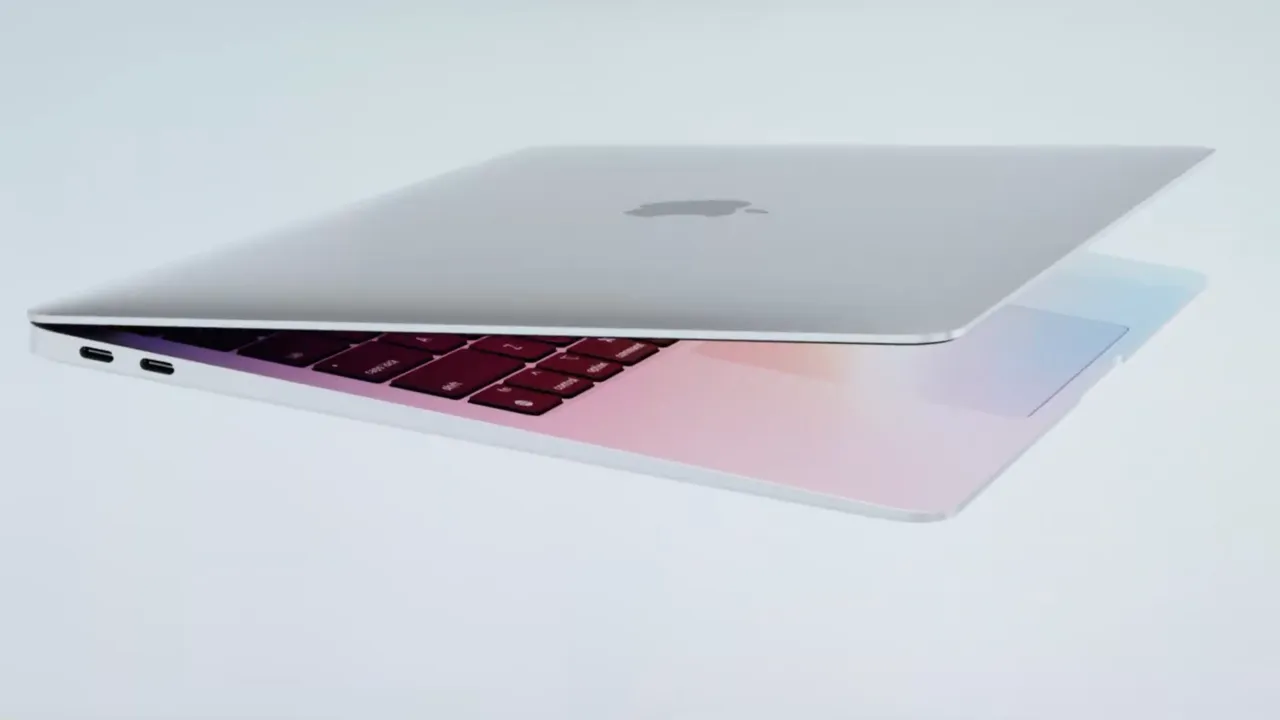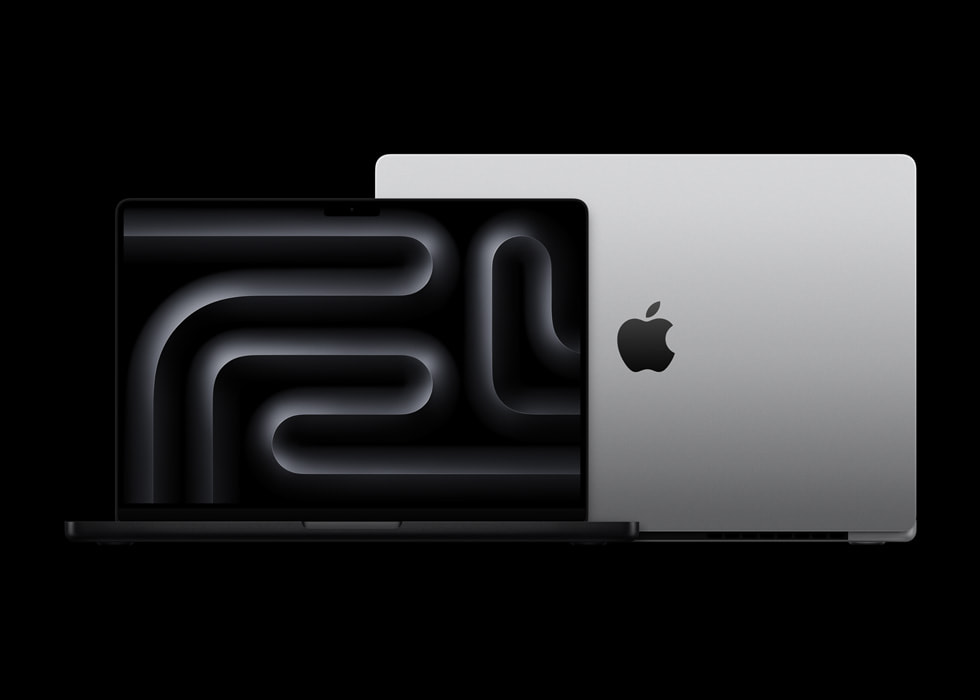Apple fans are buzzing about the iPhone 17 lineup, expected to launch in September 2025. Recent leaks give us a peek at what’s coming, and it’s exciting! One big highlight is the iPhone 17 Air, a super slim version of the phone. Dummy models—fake units showing the design—suggest it’ll be thinner than ever, replacing the bulkier iPhone Plus. These early models, spotted on Android Headlines, hint at a fresh look with a sleek body that’s easy to hold.
iPhone 17 Air pic.twitter.com/SxMfuL9WWj
— Majin Bu (@MajinBuOfficial) April 7, 2025
Meanwhile, the iPhone 17 Pro is grabbing attention too. Rumors from MacRumors say it might let you record two videos at once with its camera. Imagine capturing a wide shot and a close-up together—perfect for vloggers or anyone who loves making videos. This feature could make the Pro a top pick for creative folks. The design might also change, with a new camera bar across the back instead of the usual square bump.
Both models promise cool upgrades. The Air focuses on being light and stylish, while the Pro boosts camera power. Leaks show the Air could have a single camera, keeping things simple, while the Pro’s dual-recording trick adds something special. Apple seems to be mixing things up this time, dropping the Plus model to bring in the Air as a fresh middle option.
These early glimpses aren’t final—Apple could tweak things before the big reveal. Still, the dummy units and rumors point to a bold shift for 2025. Whether you want a slim phone or a video-making beast, the iPhone 17 lineup looks set to impress. Stay tuned for more as we get closer to the launch!
